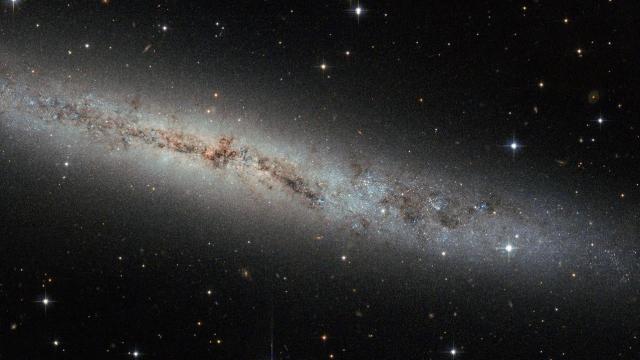The running tally of exoplanets discoveries is up to 5,005 in 2022, but NASA researchers expect the number to increase exponentially now that the James Webb Space Telescope has started its 10-year mission to peer into the cosmos and remind us of how truly small we are in this universe.
But while humans may just be a blip in the known universe, and while our home planet Earth will hardly register as an important event throughout all of space, that doesn’t mean we are alone.
Earth is nowhere near the only planet orbiting a star. In just over three decades alone — from 1991 to 2022 — NASA has found thousands of planets circling stars elsewhere. Follow along with these discoveries in this short video:
God, I could watch this on repeat forever and still be in awe — the way the exoplanets touch the surface of space like rain over the face of still water. The discovery of each planet rippling out, each one a touch point in time. Notice how the discoveries spike on certain years (2014) as our archive grew.
Indeed, what a waste of space if the Earth was truly rare and singular in the cosmos. Since the first exoplanet discovery, NASA has concluded that the universe is teeming with “potentially life-bearing planets such as Earth […] with a fifth of Sun-like stars estimated to have an Earth-sized planet in their ‘habitable zones’.”
And when did NASA start making such good music? If you’re a fan of chiptunes (AKA 8-bit music) you’ll love the song in the NASA video. I mean, really, who doesn’t love music that, basically, sounds like it came out of a Game Boy?
Together with the help of Matt Russo and Andrew Santaguida at SYSTEM Sounds, NASA put a backing audio track to the information in the video. NASA calls it Data Sonification, and it’s more complex than just making a pretty song for a video. Here’s how Aeon describes the process:
The audiovisualiation progresses year by year, with each new circle in the sky indicating the relative orbit size of every newly discovered planet. Varying colours signify how each planet was discovered, and a musical tone represents the length of the planet’s orbital period around their star.
All I know is, I can’t wait for the NASA Data Sonification album to drop.
